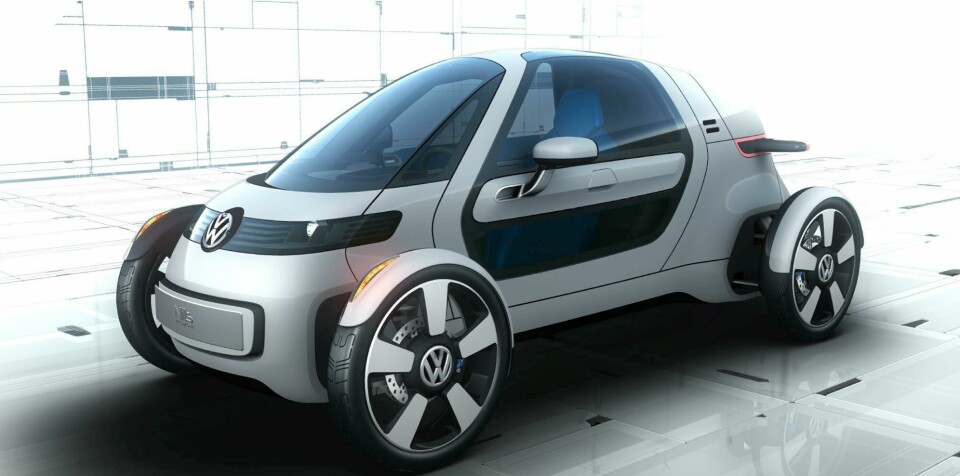
Concept Car of the Week: Volkswagen NILS (2011)
Looking back at the Volkswagen NILS one of the many highlights Frankfurt Motor Show has given us over the years
With the Frankfurt Motor Show on the horizon, thoughts have turned to some of the intriguing concepts that have made their debuts at Germany’s biggest show. Naturally, you don’t have to look further than the home carmakers for some innovative thinking, nor very far back into the history books for a stand-out show car: in this case, the Volkswagen NILS that debuted at the 2011 event.

The NILS was conceived as a minimalist urban mobility solution that offered the performance of a sports car, yet that ran near-silently, and with zero emissions, thanks to its electric powertrain.
Designed at the VW Group advanced studio in Potsdam, just outside Berlin, the NILS was created in response to figures released by the German Bureau of Statistics that found that in Germany, around 60 percent of commuters drove, and, of those, over 90 percent travelled alone. The average commute for over 70 percent or these drivers was less than 25 kilometres (15.5 miles).
For that reason, the NILS is a single-seater, albeit with a 90-litre luggage space, and took its inspiration from Formula One cars, with a central driving position, outboard wheels and a rear-mounted electric powertrain that drove the rear wheels. A lithium-ion battery pack took two hours to charge from a conventional plug, when connected to the back of the car, and gave a range of up to 40 miles, and a top speed of 80mph.

When asked about the design of the concept, head of the Potsdam studio at the time, Thomas Ingenlath, said “I am especially pleased that we managed to implement the concept of the two glass wing doors. This allowed us to create large transparent surfaces and simultaneously to make entering and exiting the vehicle very comfortable, even in the most cramped of parking spaces.”

As well as providing easy access to the cabin, the three-piece doors were reinforced with horizontal energy-absorbant bars for crash safety, and used scratch-resistant, layered polycarbonate for the windows to keep weight as low as possible – add in the aluminium chassis in the car weighed just 460kg in total. The large polycarbonate areas also helped visually lighten the car, in conjunction with the wraparound front screen, while the car’s solid and simply surfaced tail helped add some solidity.

While the NILS established some unusual design themes for Volkswagen at the time, the NILS still incorporated contemporary graphics. Most notably, the concept’s plastic bumpers and their black surrounds referenced those of the Up, which had recently gone on sale, while the cabin also featured a version of the free-standing infotainment system offered on VW’s city car, albeit based on an HTC smartphone, and equipped with a bespoke navigation system with range-based directions specifically for electric cars.

However, the interior also featured a bespoke gauge pack that showed speed, remaining range and whether the car was accelerating or recuperating energy. The central seat was borrowed from the XL1, and its blue colour offered a little respite from the otherwise monochrome colourway.

Although the car is designed for eco-friendliness and efficiency, a good deal of effort was placed on making it fun to drive, with an optimised weight distribution, non-assisted steering and double-wishbone suspension. The car’s skinny little tyres would doubtless have led to some lively moments as you made your morning commute.





